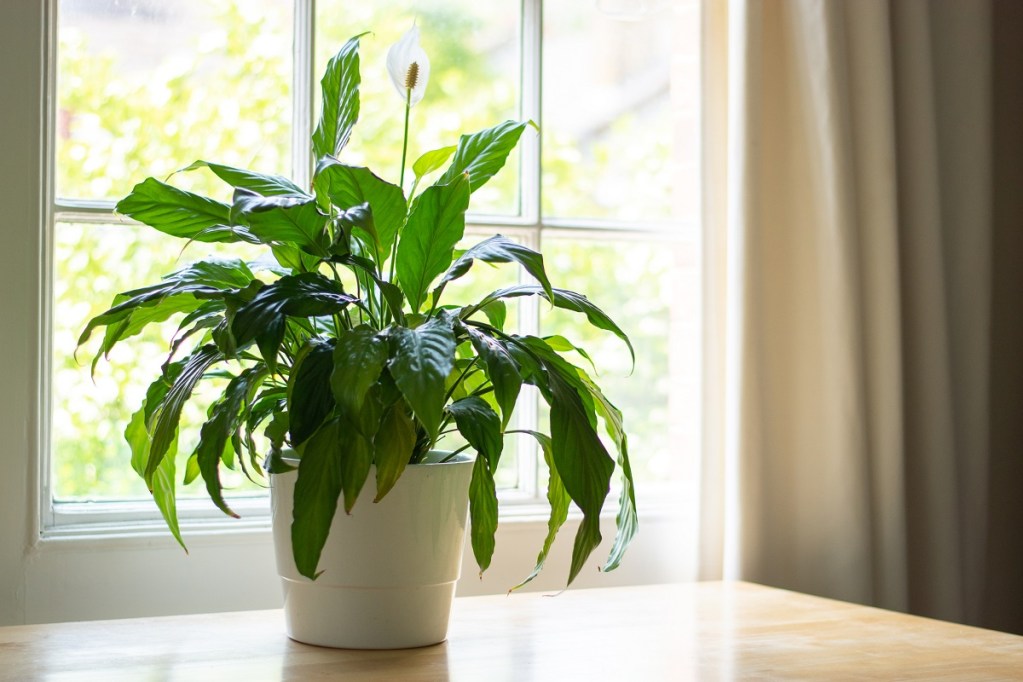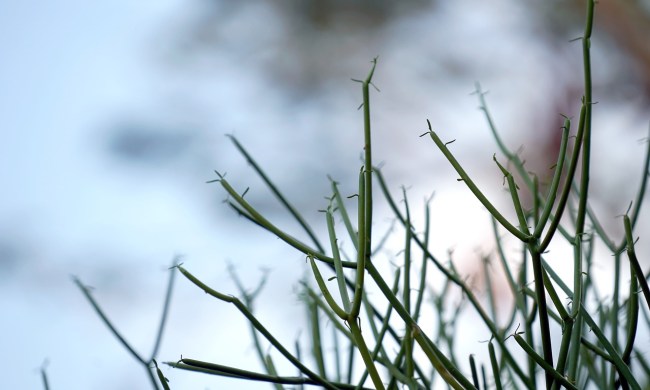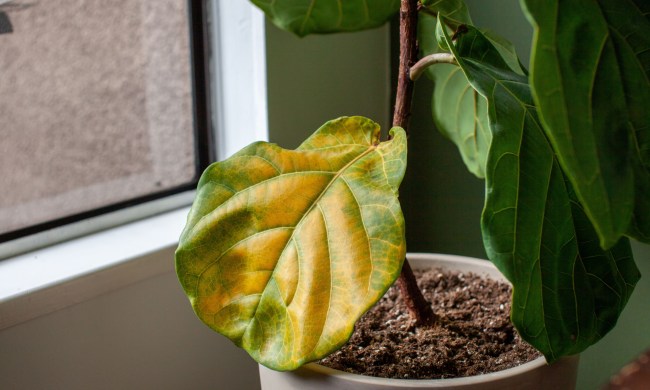
If you’re an avid houseplant collector, you may have heard of the term “indirect light” being thrown around. But what is “indirect light?” This term is widely used but still somewhat nebulous, so we’ll spell out a clear definition of what it is to help you give your indoor plants the right amount of light.
How much light an indoor plant needs

All plants need light to photosynthesize — together, light, water, and carbon dioxide help them create food to grow. But different plants want different amounts of light. Succulents and cacti, for example, often require direct light. On the other hand, many indoor houseplants come from jungles and forests where they grow beneath tree canopies. As such, they do well in dappled light and often appreciate less intense indirect lighting indoors. In its simplest definition, indirect light is simply light that has been filtered by things like shade, sheer curtains, or outdoor structures.
Even with plants that grow outdoors, indirect light isn’t necessarily a bad thing. High-intensity light can definitely damage plants, causing them to wilt, turn yellow, dry out, or even die. That’s why during the hottest days of summer, you usually want to give your outdoor plants some reprieve from the afternoon sun.
How to get the right amount of light for indoor plants

Inside of your home, you will typically get bright indirect light by east- or north-facing windows. South- and west-facing windows often offer more intense light, but you can pull your plants away from the windowsill or use a sheer curtain to lessen light intensity.
Of course, you should account for outdoor trees, awnings, and structures that could block light. While these things may result in the just-right amount of indirect light for a south- or west-facing window, they may block too much light from entering an east- or north-facing window. If you don’t get enough light naturally, you should consider investing in artificial grow lights.
How to measure light

If you want to get specific with lighting metrics, you can measure an area’s light availability by foot-candles — 1 foot-candle will cover 1 square foot with 1 lumen of light. With that measurement, 1,000 foot-candles is usually enough to qualify as direct light, while bright indirect light ranges around 500 to 1,000 foot-candles, medium indirect light ranges around 100 to 500 foot-candles, and low light ranges around 25 to 100 foot-candles. You can measure light intensity with a physical light meter or light meter app.
Even with these tips in mind, getting the just-right lighting for your indoor plants will usually be a process of trial and error. The good news is that it shouldn’t be too hard to decipher how your plant is reacting to its lighting situation. Faded, scorched leaves will usually indicate too much light, while leggy stems and small foliage will usually be a sign of too little. To get the right lighting for your plants, all you need to do is pay attention to them and act accordingly, whether that means getting grow lights or pulling your plants away from the windowsill.



